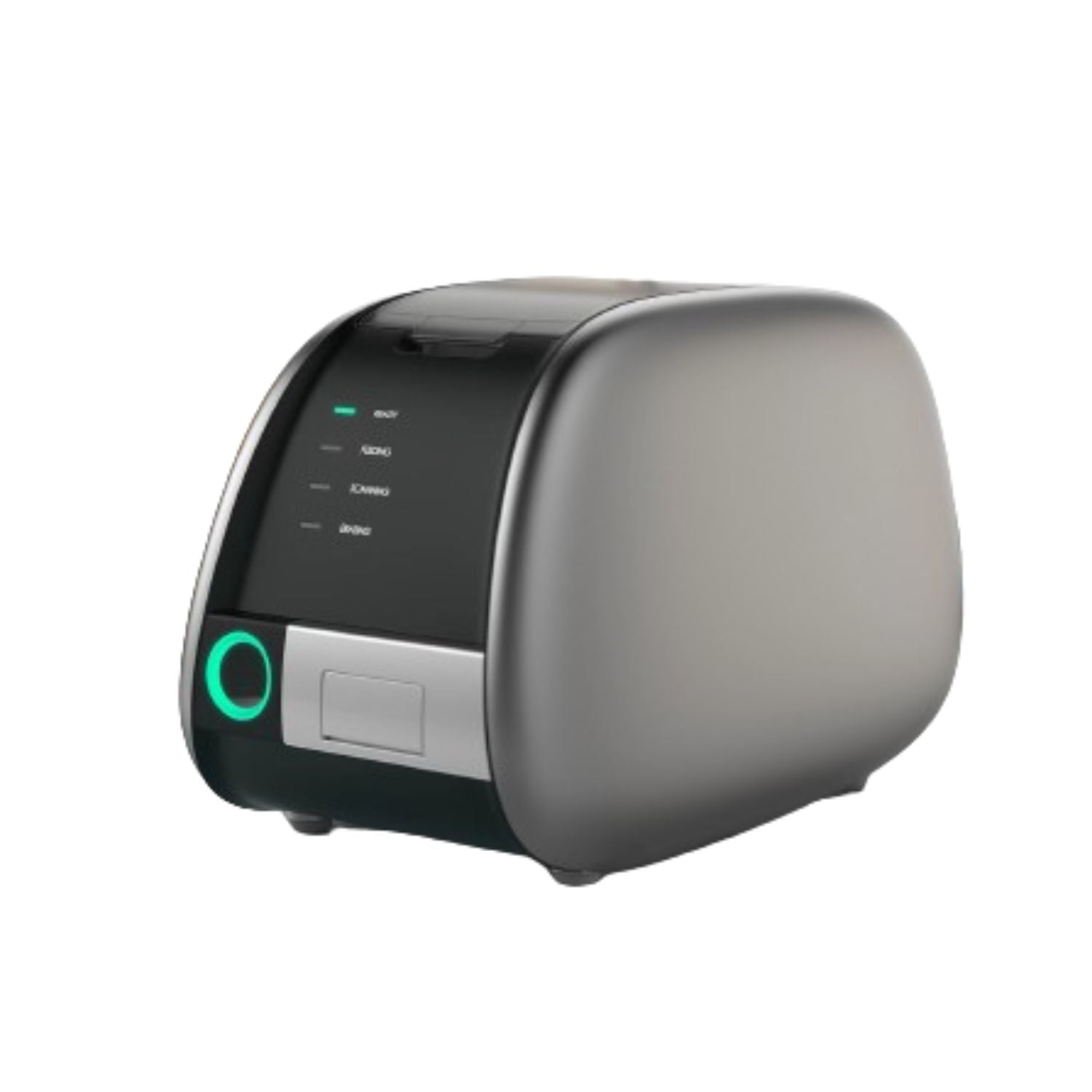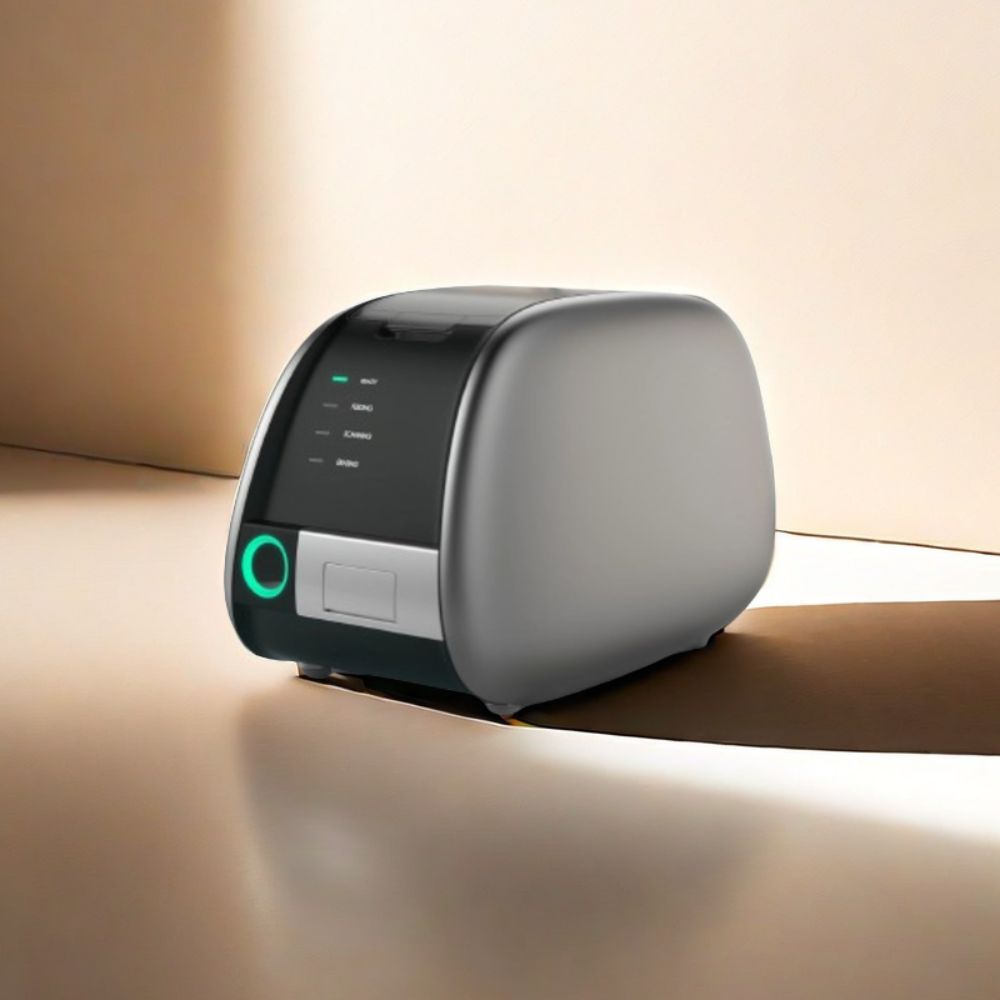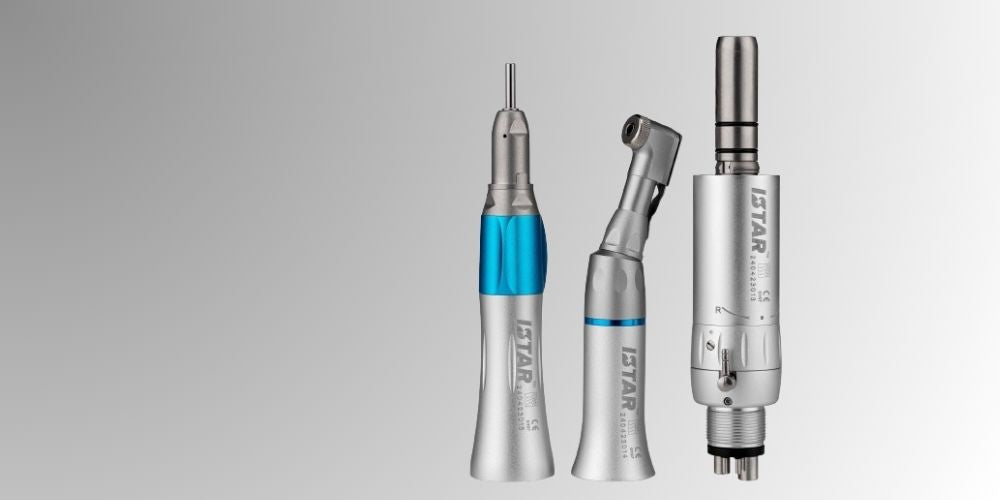
Istar Dental Supply
Dental PSP scanners are gradually becoming the choice for many dentists because they prioritize patient comfort and safety while also enhancing clinical outcomes and operational efficiency.
Key Features of Phosphor Plate Scanner

High Image Quality and Digital Integration
Dental PSP scanners produce exceptionally clear and detailed digital images, which are crucial for accurate diagnosis and effective treatment planning. Additionally, these images can be seamlessly integrated into dental management and imaging software, facilitating easy storage, retrieval, sharing, and enhancement, thereby improving the overall efficiency of patient care.

Patient Comfort and Safety
The flexible design of PSP plates is more comfortable for patients compared to traditional rigid film holders, allowing for easier positioning within the mouth and reducing discomfort. Moreover, PSP systems typically require lower radiation doses to produce high-quality images, enhancing patient safety.

Cost-Effectiveness and Reusability
PSP plates can be reused multiple times after being erased with bright light, significantly reducing the ongoing costs associated with purchasing new film, making PSP scanners a cost-effective solution. Additionally, this reusability reduces waste, promoting more sustainable practices.

Efficiency and Eco-Friendliness
The process of capturing and digitizing images with a PSP scanner is much faster than traditional film processing, resulting in quicker diagnostic outcomes and improved efficiency in patient care and clinic throughput. Furthermore, PSP scanners eliminate the need for chemical processing used in traditional film development, reducing environmental impact and contributing to a greener, more sustainable practice.
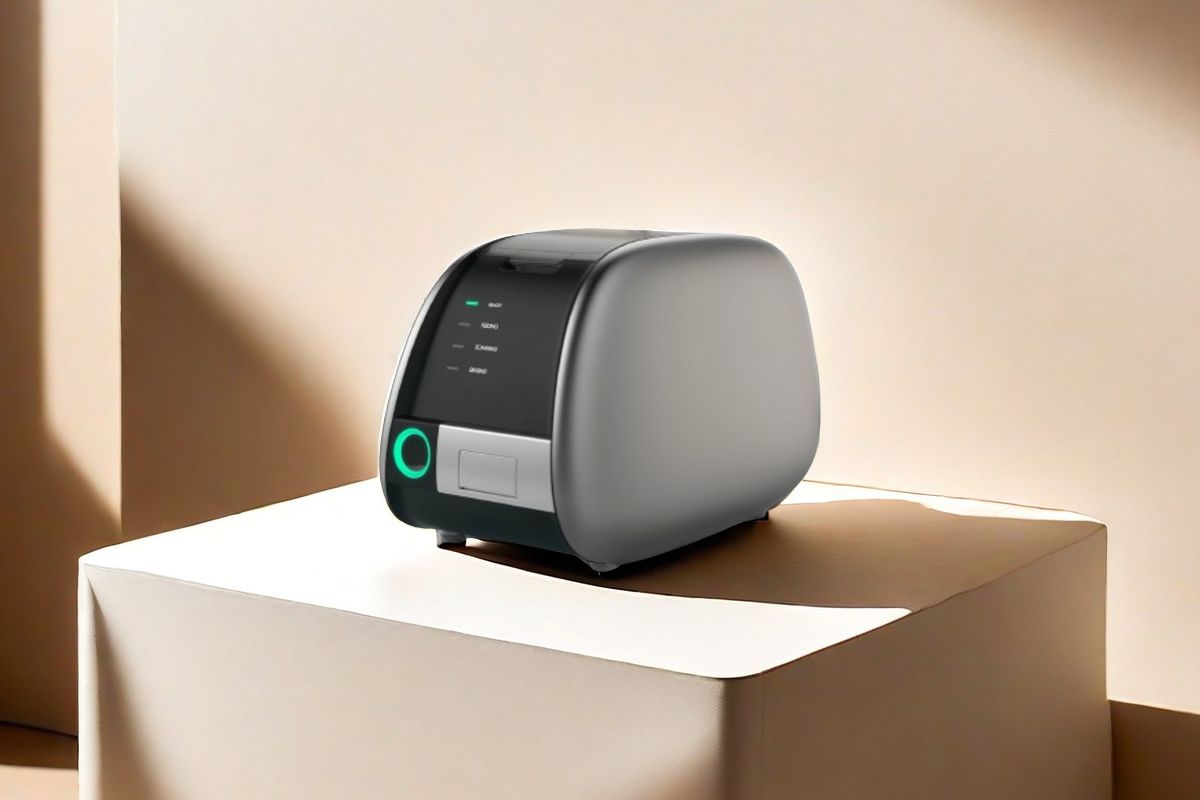
What is PSP Scanner?
Dental PSP scanner, or phosphor plate scanner, is a specialized device used in dental radiography to digitize X-ray images.
The dental x ray scanner works with photostimulable phosphor plates (PSP plates), which are used as a digital imaging system to capture X-ray images in a dental setting.
The dental x ray film scanner is similar to traditional X-ray film but are reusable and designed to be read by a PSP scanner to produce digital images.
How PSP Scanner Works?
- Exposure: PSP plate is placed in the patient’s mouth to capture the X-ray image.
- Scanning: The exposed PSP plate is then inserted into the imaging plate scanner.
- Reading: The dental digital x ray scanner uses a laser to read the image stored on the plate.
- Image Processing: The dental phosphor plate scanner converts the data into a digital image, which can be viewed and enhanced on a computer.
- Storage and Sharing: The digital images are stored in a dental imaging software system and can be shared with other healthcare professionals as needed.
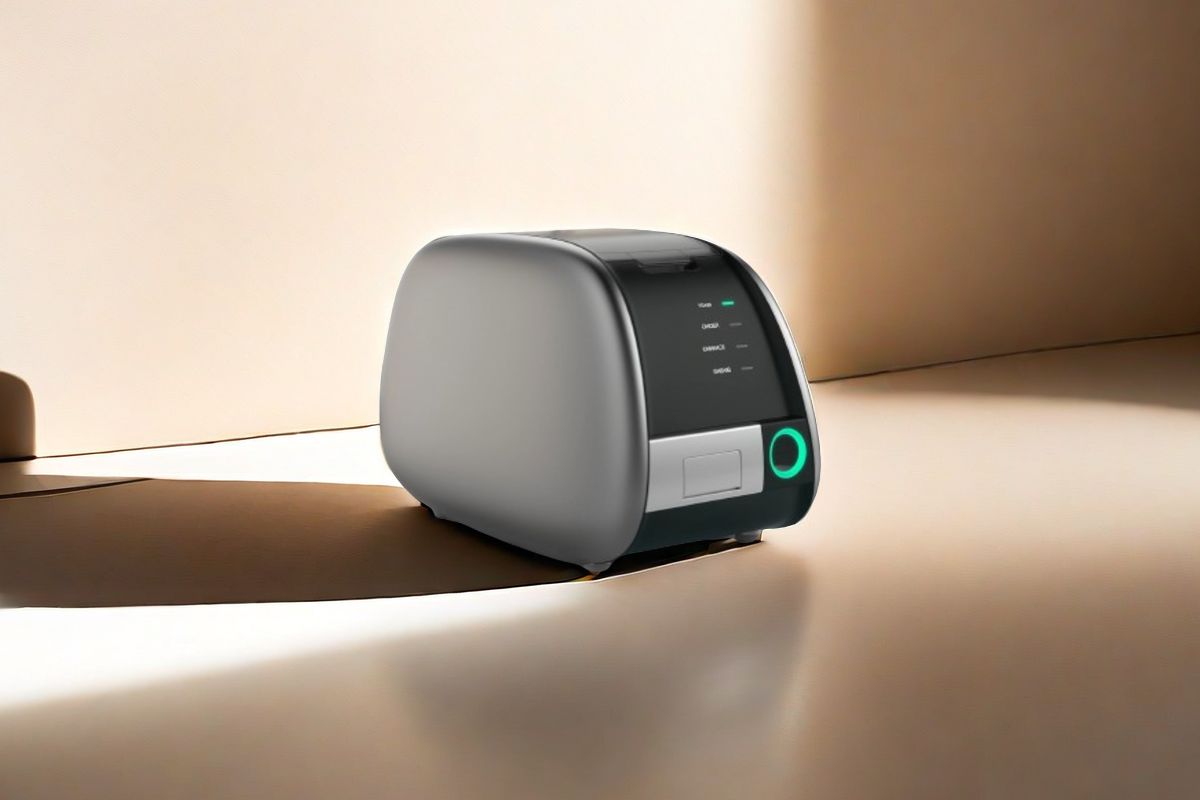
FAQ of PSP Scanner
- Efficiency: Faster image acquisition compared to traditional film.
- Patient Comfort: Flexible plates are less intrusive than rigid film holders.
- Reduced Radiation: Often requires less radiation exposure to produce high-quality images.
- Eco-Friendly: Eliminates the need for chemical processing, reducing environmental impact.
Overall, dental xray scanner is an integral part of modern dental practices, providing efficient and high-quality imaging solutions that enhance diagnostic capabilities and improve patient care.
- Diagnostic Imaging: Used for capturing detailed dental X-rays, including intraoral and extraoral images.
- Record Keeping: Digital images can be stored in electronic patient records for easy access and long-term storage.
- Treatment Planning: Helps dentists in diagnosing conditions, planning treatments, and monitoring progress.
Dental film scanner captures X-ray images on a special PSP plate coated with phosphor, which stores the X-ray energy as a latent image.
When the plate is scanned with a laser, it emits light proportional to the stored energy. This light is detected and converted into digital data, producing a high-quality digital image for diagnostic use.
The plate can then be erased with a bright light and reused, offering an efficient, reusable alternative to traditional film-based radiography.
The sensors are favored for their instant imaging and ease of operation, allowing dentists to immediately obtain the imaging information they need for efficient diagnosis and treatment planning.
However, the harder material of the dental sensor may cause discomfort to the patient, especially when first used and may require additional time to get used to and position.
In contrast, the soft design of the phosphor plate scanner dental makes it easier to adapt to the patient's oral anatomy and is particularly good at taking X-rays of complex sites;
However, the operation of dental x ray scanner is complicated, which may increase the complexity and time cost of the workflow.
No matter which imaging device you choose, you should make sure you understand how the device works and make informed decisions based on practical considerations.
Any question?
If we still haven't answered your question, you can contact us below and we will get back to you as soon as possible.

